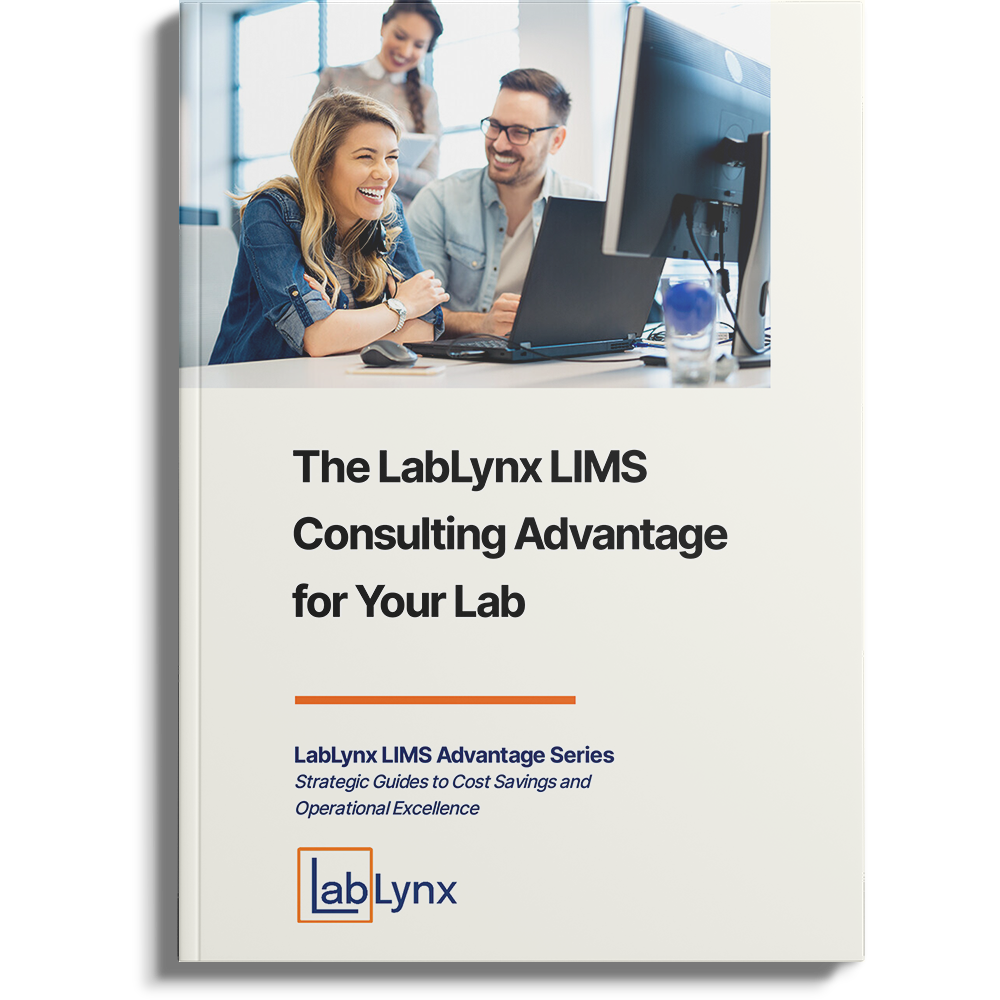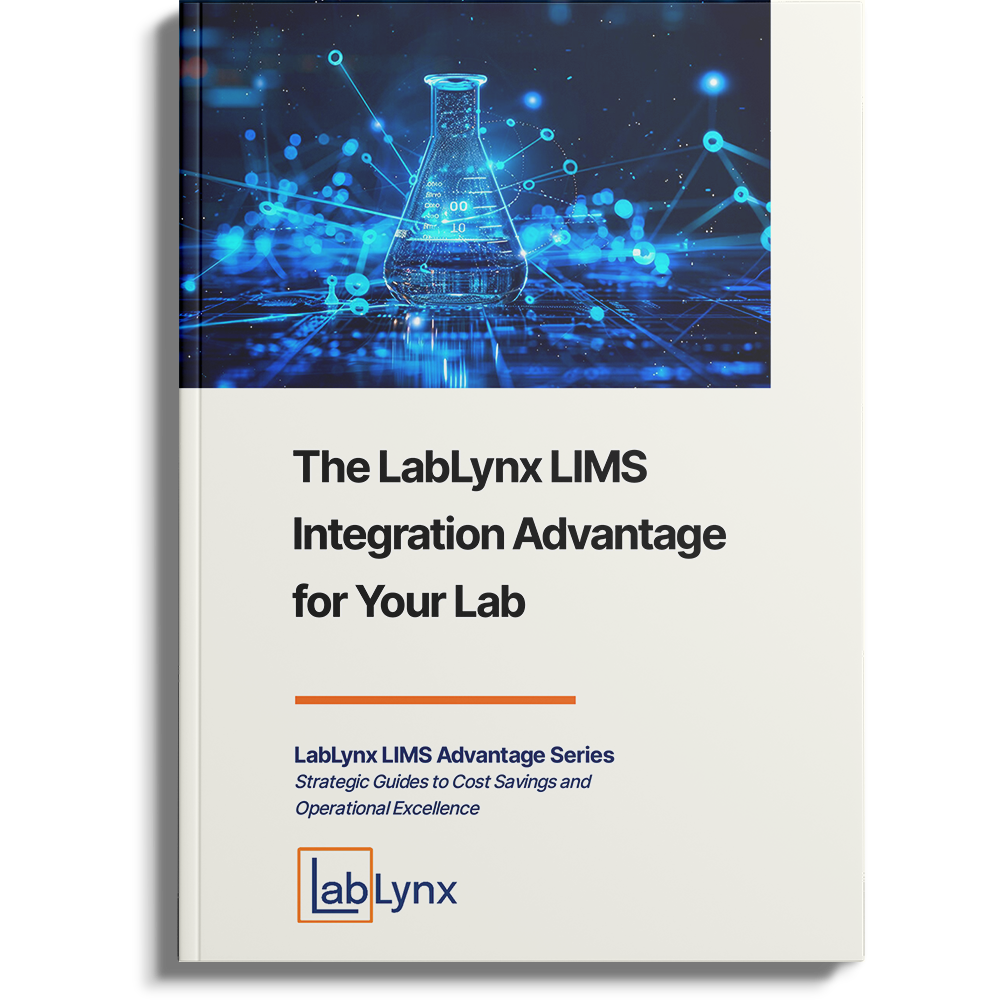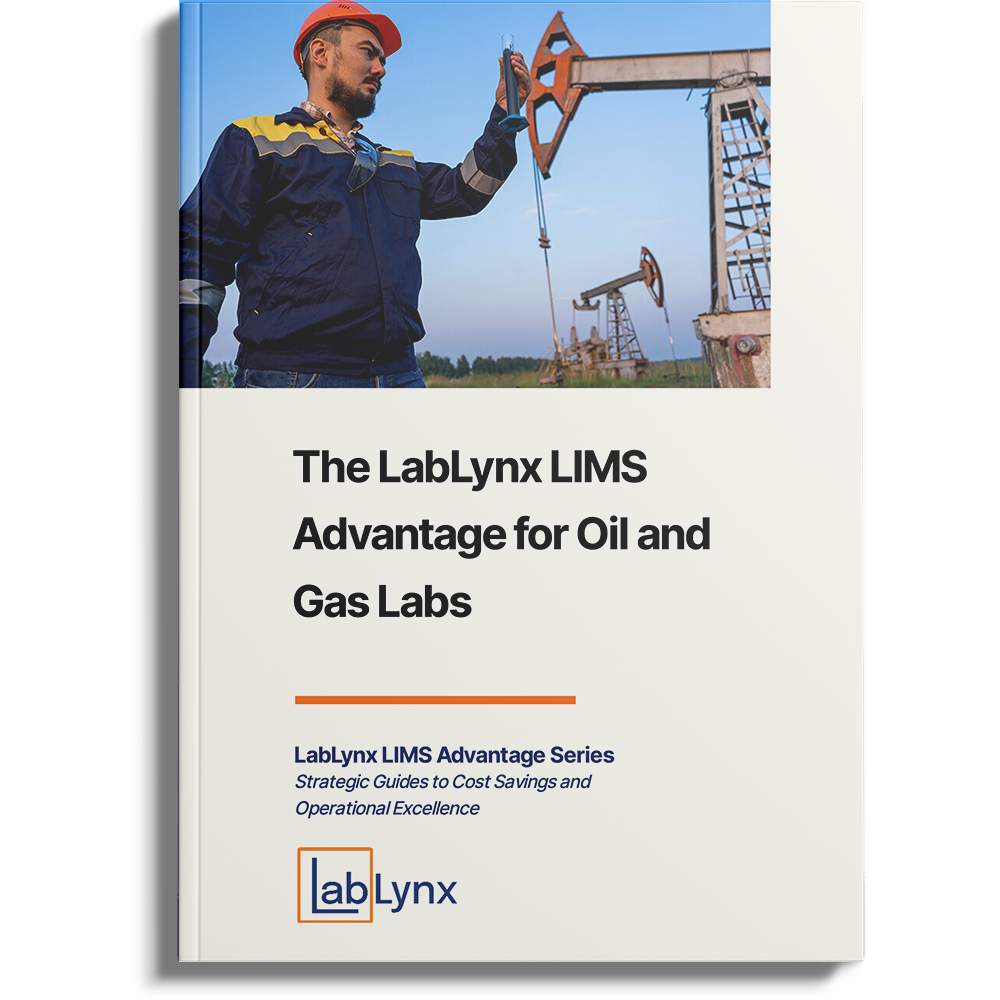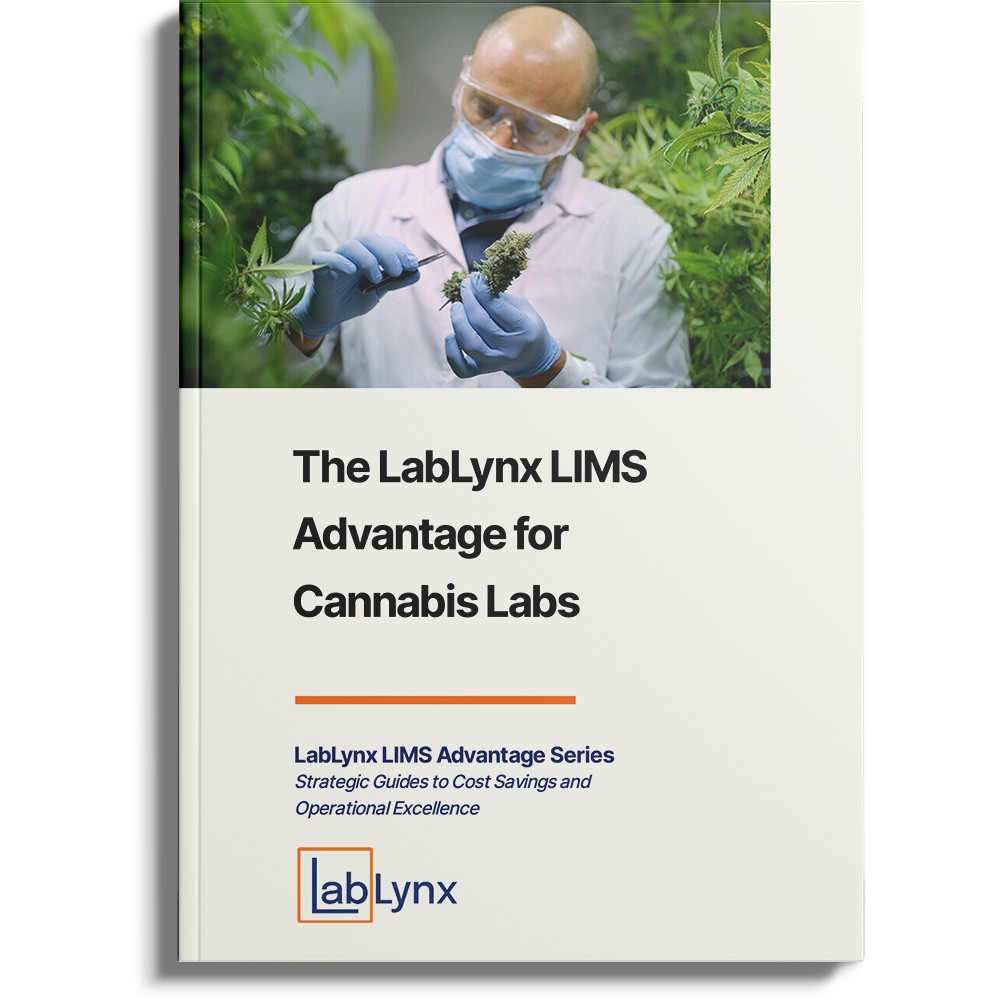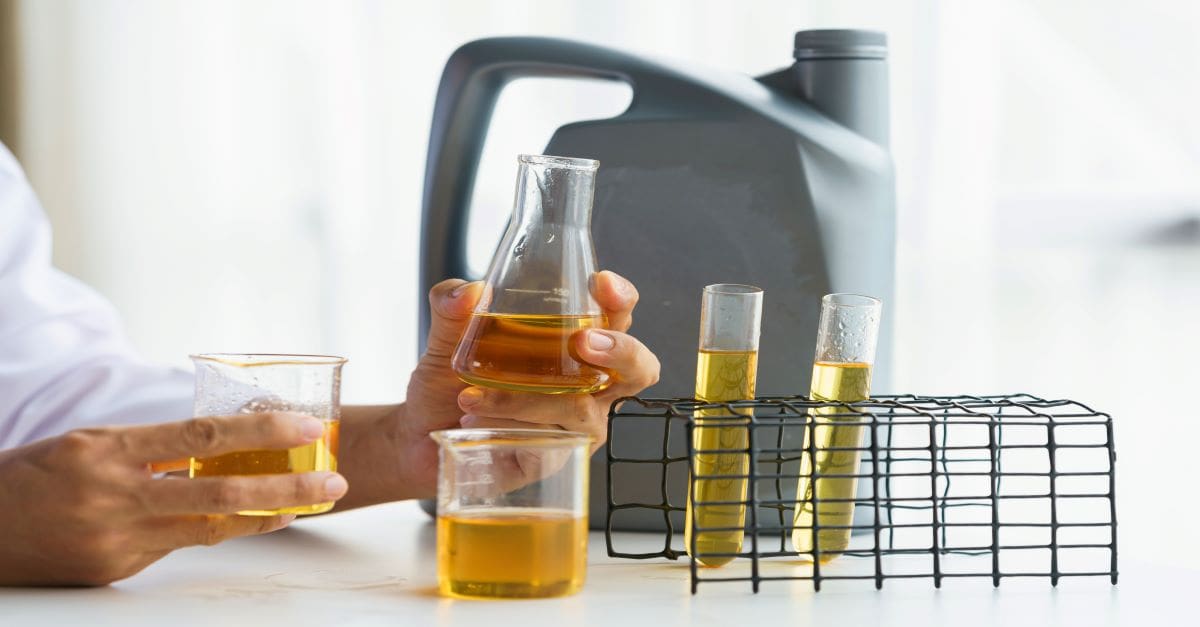
The American architect, inventor, and futurist R. Buckminster Fuller said, “You never change things fighting the existing reality. To change something, build a new model that makes the existing model obsolete.” We no longer write with quills and ink, instead using a ballpoint pen. When we need to find the phone number for the bakery down the street, we use the search engine on our cellular phone rather than finding a physical phonebook. As time progresses, technology improves, innovations are made, and some things just become obsolete.
While there are approximately 200 used oil analysis laboratories (sometimes called “oil condition monitoring” (OCM) labs) in North America alone, with the industry expected to grow to $1.4B by 20261, some believe used oil analysis may be one of those things we never see again, like eight-track tapes and disposable cameras. With the advancement of sensor technology, electrification replacing internal combustion engines, and the trend for in-house oil analysis laboratories, the market may diminish for the traditional, large, commercial OCMs.
The Role of Used Oil Labs
Before we try to predict the future, we must first look at the current role of used oil analysis labs.
When most people think about oil and other lubricants, they immediately think about their car. Anyone who owns a vehicle has been taught to get their oil changed every three to six thousand miles to avoid poor engine performance or possible damage. But it’s not just cars that use oil. All forms of machinery use oil and can benefit from oil analysis, including gearboxes, generators, compressors, hydraulics, turbines, construction equipment, and every vehicle from your Mini Cooper to a tractor-trailer.
Oil analysis is critical to maintaining heavy-duty equipment and machinery and preventing failure. Used oil labs test samples to evaluate wear, viscosity, fluid condition, and contamination. Some abnormalities may include metals, like iron or lead, a high concentration of water, or hundreds of other red flags, depending on the type of oil tested and the machine from which it was extracted. While most samples are perfectly fine, it’s the goal of the OCM lab to not only find those samples that are outside the acceptable limits, but also provide the information needed to correct the problem to maintain the efficiency, effectiveness, and lifespan of the machinery.
Sensor technology provides real-time oil analysis
One challenge of used oil analysis is that the sample sent to the lab represents a moment in time, and it could take days or even weeks to run through the battery of testing required for the oil sample before a problem can be detected and evaluated, and a remedy recommended. In that timeframe, the machine may continue to run, negatively affecting the equipment. In some cases, the sample is only sent to the used oil analysis laboratory because the machinery is functioning poorly. Until the sample can be analyzed, the machine is sidelined, and the revenue of the company can be impacted.
Oil sensors were developed to address the need for automatic and instant analysis of how used oil is performing. Oil sensors have been available for about 20 years and have advanced rapidly in their capabilities. Sensors can now measure oil base number, soot, changes in viscosity, ferrous density, additive depletion, particle count, and many more factors that can contribute to wear.
Although the technology exists, the cost of these sensors is still prohibitive for most equipment manufacturers. Because the price is high, the demand is low. Because the demand is low, the prices stay high. Even if sensor technology became more affordable, qualified analysts would still need to interpret the sensor reports and propose a solution to the problem.
The age of electrification
Even if sensor technology stays out of reach in the near future, the used oil industry is still plagued by the revolution of electrification. Labs that monitor oil conditions in diesel engine oil comprise the largest sector of the used oil analysis market in North America.2 While the production of electric passenger vehicles is on the rise, the transition to fully electric commercial fleets and heavy trucks has a longer way to go. The need for these vehicles to go long distances means more power and a heavier battery capacity, a technology that has not yet been perfected.
But it’s not just over-the-road trucks that will one day have electric motors, but eventually anything that utilizes an internal combustion engine. While transmission fluid and other lubricants may still need to be tested and analyzed, these types of analyses represent only a fraction of income for used oil laboratories.
Taking the lab in-house
While affordable sensors and complete conversion to electric motors may be far into the future, one present-day affliction to commercial used oil labs is the rise of on-premises testing labs.
Many equipment manufacturers are choosing to create their own in-house used oil labs. Having an on-site lab increases the sample analysis turnaround time, allows for intimate knowledge of the machinery involved, and can provide for faster quality control. As noted in the LabLynx blog post “Lab Instruments: Investing in New Technology,” instrumentation is getting smaller and easier to use.3 Therefore, the laboratory footprint can be created in existing structures and the personnel can be trained quickly to run the instruments.
What does all this mean for the used oil analysis labs?
We aren’t going to wake up tomorrow and see a headline on the news that 200 used oil laboratories are closing their doors. But OCM labs do need to start preparing for a future where their business model may be different.
If sensor technology replaces the need for used oil analysis, oil-analysis labs may need to transition to solution consulting, using their expertise to determine the underlying root causes for the problems that the sensors identify.
If electric motors replace all internal combustion engines, used oil analysis labs may need to extend their testing capabilities to more fluids and greases and find a way to determine how testing these types of materials can provide value to manufacturers.
As for the rise of in-house used oil laboratories, commercial labs may need to market their services differently to compete, making manufacturers aware of the pitfalls of starting their own labs. Some of those pitfalls include the selection of wrong instruments, poorly trained personnel, limited knowledge, limited testing capabilities, and poorly maintained good laboratory practices and testing parameters.
How a LabLynx LIMS can support used oil analysis labs today and in the future
For used oil analysis laboratories planning for a future that may look different from current lab operations, LabLynx provides a laboratory information management system (LIMS) designed specifically for the OCM lab. The LabLynx ELab LIMS is a fully scalable solution for used oil analysis labs to be competitive and agile in the future, allowing for expansion into additional testing options and new workflows.
To contend with the rise of in-house laboratories, commercial OCM labs need to harness their experience, expertise, and proficiency in used oil testing. The LabLynx ELab LIMS offers the commercial OCM lab a powerful laboratory productivity tool, eliminating manual processes throughout the lab to reduce errors and improve staff productivity. The ELab LIMS will also help improve repeatability as well as the lab’s performance in proficiency programs such as ASTM Crosscheck.
References
1 https://www.marketsandmarkets.com/Market-Reports/oil-condition-monitoring-market-62105661.html
2 https://www.powermotiontech.com/sensors-software/article/21238881/the-future-of-oil-analysis-converting-to-electric-power-and-sensors
3 https://www.lablynx.com/news-events/lab-instruments-investing-in-new-technology/

